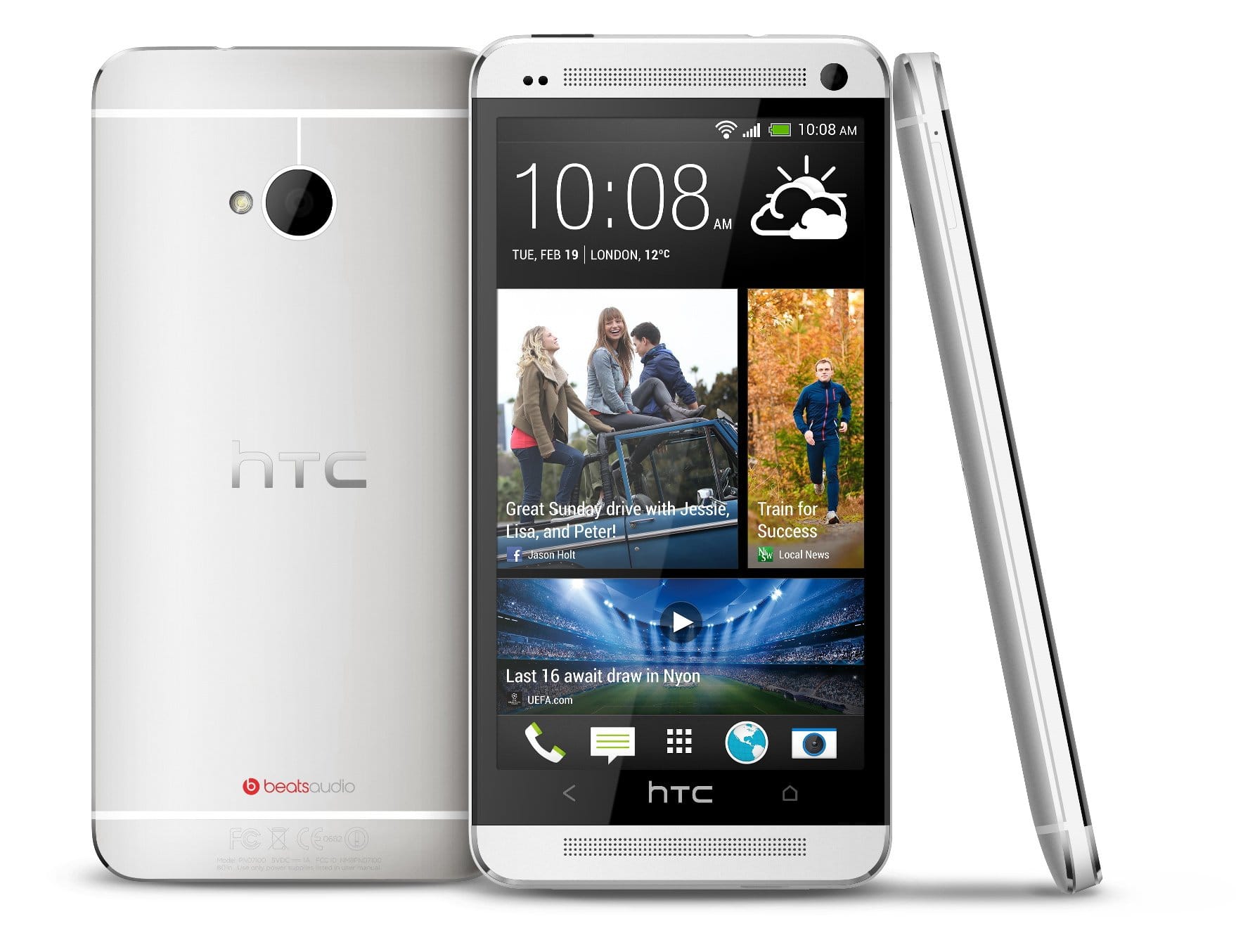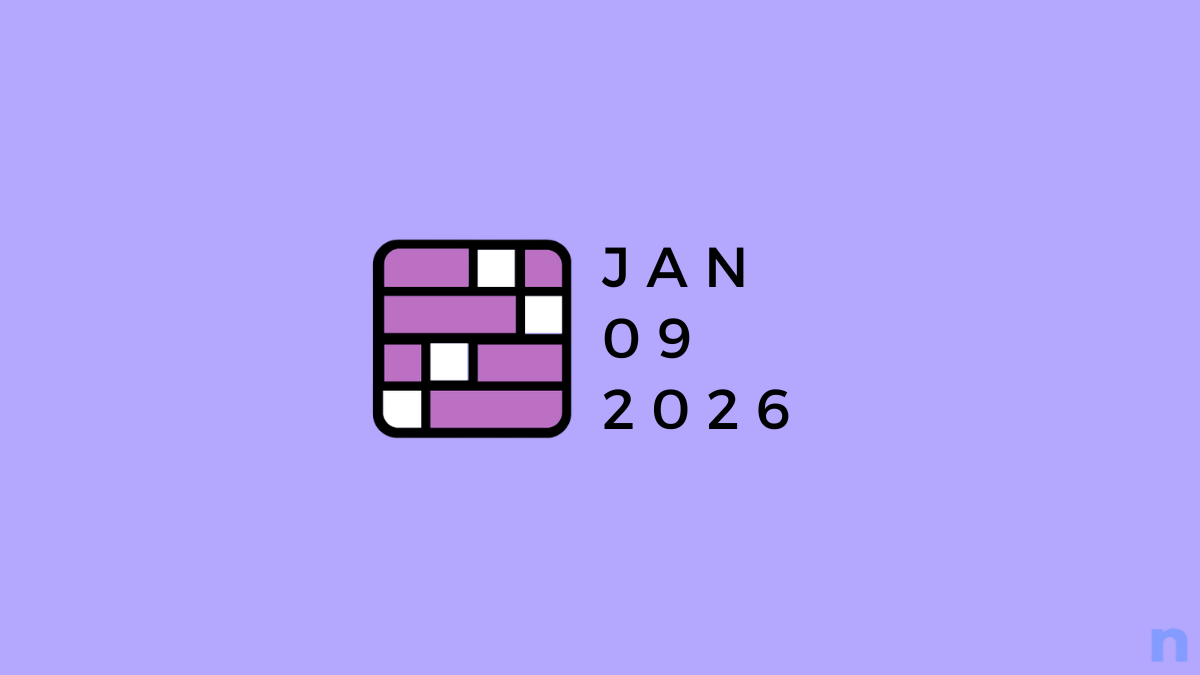We already saw ClockworkMod recovery (CWM) get released for the HTC One and wrote a guide to help you install it on your phone, and now it’s time for TWRP recovery which has also made an appearance on the XDA forums (we all know those devs don’t ever rest). First, a little look at what TWRP recovery is.
For installing custom ROMs and other such hacks and modifications on Android devices, a custom recovery is often required, and CWM recovery has always been the most popular recovery available. However, CWM recovery’s origins stem from the time when one would have to use the hardware buttons on a device to navigate in recovery, making it extremely cumbersome for regular use.
And that’s where TWRP recovery came in. TWRP recovery features touch support, with proper graphical buttons for accessing various options, making it extremely popular for many devices for its ease of use as well as some useful functionality – fast backups, inbuilt file manager, themes support, and more – not found in CWM recovery, while also making installation of custom ROMs and mods a breeze thanks to the impressive touch-based GUI.
TWRP recovery can also perform all other basic functions of recovery, like wiping data/factory resetting the device, and even includes some advanced functionality such as the ability to queue up multiple ROMs (or mods) for automatic installation, and lots more.
So if you’re looking to install TWRP recovery on the HTC One but need a little help, you’ve come to the right place – our all-in-one guide for the HTC One has easy to understand step-by-step instructions to help you through the procedure to install TWRP.
However, there are a few things you must know before you proceed with installing TWRP recovery on your device:
- Flashing a custom recovery requires unlocking the bootloader on the phone, which permanently voids warranty.
- Unlocking the bootloader will wipe all data on the phone, including personal content on the internal storage such photos, music, videos and other files. You can take a backup of everything though and restore it later on.
- Accepting official over-the-air software upgrades from HTC might cause issues, so you’ll have to refrain from installing any official updates after flashing recovery (and also unlocking the bootloader).
So make sure you’re okay with the risks involved in flashing a custom recovery as given above, then continue reading below to find out to TWRP recovery can be installed on the HTC One.
Compatibility
The procedure described below is only for the HTC One. Do not try it on any other device.
Warning!
The methods and procedures discussed here are considered risky, so try them out at your own risk, and make sure to read each step carefully before attempting anything. We will not be held responsible if anything goes wrong.
Requirements
- Take a backup of all the data on your phone. Rooting requires unlocking the bootloader on the phone which wipes everything from the phone and factory resets it. Use our Android Backup Guide for help on how to back up apps and other data, such as contacts, SMS, bookmarks, etc. Then, after you’ve backed personal data up, copy everything off the phone’s storage to a computer.
- NOTE: Backup is optional and you can skip this step if you do not wish to back up anything.
- You’ll need to have the drivers for the phone installed on your computer. Download the HTC Sync Software and install it on your computer, which will install the drivers as well.
Download HTC Sync Manager- NOTE: Skip this step if the HTC Sync software is already installed on your computer.
- Unlock the bootloader on your phone using this guide. Unlocking bootloader wipes all data from the phone so make sure you take a backup as mentioned in step 1.
- NOTE: If you’ve already unlocked the bootloader on your device, you can skip this step.
- Make sure the “Fast Boot” option is disabled in the phone’s Settings » Power menu. If it is enabled, you’ll be unable to make the phone boot into the required mode for flashing recovery.
Flash TWRP Recovery
- Download Fastboot files, which will be used for flashing the recovery.
Download Fastboot | Filename: Fastboot.zip - Extract the Fastboot.zip file on your computer to get a folder named Fastboot with four files inside it.
- Download TWRP recovery from the source page. If you get a compressed zip file after downloading, extract it to obtain a file named recovery.img (if the file name only says recovery, make sure it’s of .IMG type by checking its properties).
- Copy the recovery.img file that you downloaded to the Fastboot folder so that you now have a total of 5 files inside.
- Turn off your phone. Then, boot into HBOOT/bootloader mode by holding down the Volume down + Power buttons together till the screen turns on. Then, press the power button once to select “FASTBOOT”, after which “HBOOT” will change into “FASTBOOT USB”.
- Then, connect your phone to the computer with your USB cable, then wait for Windows to finish installing the drivers (drivers will be installed only the first time you connect the phone to the computer). For reliability, ensure that you use a USB port at the back if you are using a desktop computer, as the front panel ports can be loose and cause problems.
- Now, perform the following steps in the command prompt to flash TWRP.
- Open the Fastboot folder. Here, press and hold down the SHIFT button on your keyboard, then right-click on an empty part of the screen. Then, click on the “Open command window here” option in the right-click menu to open a command prompt window.
- Type in fastboot devices in the command prompt and press Enter. If your phone has been detected properly, you will see a device ID show up in command prompt. If nothing comes up, make sure you have installed the drivers, disconnect phone, remove and re-insert battery, and retry the procedure from step 5.
- Now, flash TWRP recovery on the phone by entering fastboot flash recovery recovery.img in the command prompt.
- After the recovery is flashed, you’ll get a finished/OKAY message in command prompt.
- Disconnect the phone, then using volume button, scroll down to highlight “HBOOT”, then select it using the power button.
- Then, highlight the “RECOVERY” option, then press power button to reboot the phone into TWRP recovery. Once recovery boots up, simply select the Reboot » System option to reboot the phone into Android.
- TWRP recovery is now installed on your HTC One. Make sure to read the “Booting into TWRP Recovery” section below to find out how you can boot into TWRP when needed.
Booting into TWRP Recovery
Whenever you want to use TWRP recovery, you can boot into it by the following procedure.
- Turn off the phone.
- Then, boot into HBOOT/bootloader mode by holding down the Volume down + Power buttons together till the screen turns on.
- Press the Volume Down key a few times till “RECOVERY” is highlighted, then press the power button to select this option. The phone will then reboot into TWRP recovery, where you can tap on options to select them.
- Rebooting back into Android from TWRP recovery can be done by selecting the Reboot » System option in the main menu of TWRP.
TWRP recovery is now installed on your HTC One, and you will be able to flash custom ROMs, hacks, kernels, take backups of and restore ROMs, and make other modifications such as factory resetting the device. If you run into any problems, let us know in the comments and we’ll help you out.




![Solution For Quiz - Where Did the Dragon Hall Deal a Major Blow to the Khitan Navy [Where Winds Meet]](/content/images/2026/01/1-15.png)









Discussion